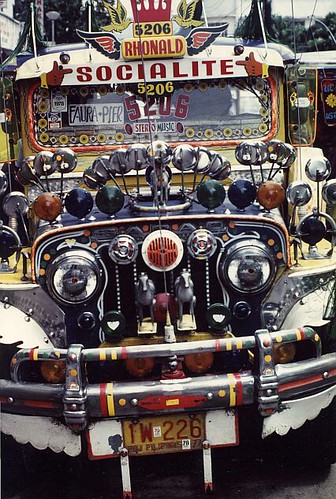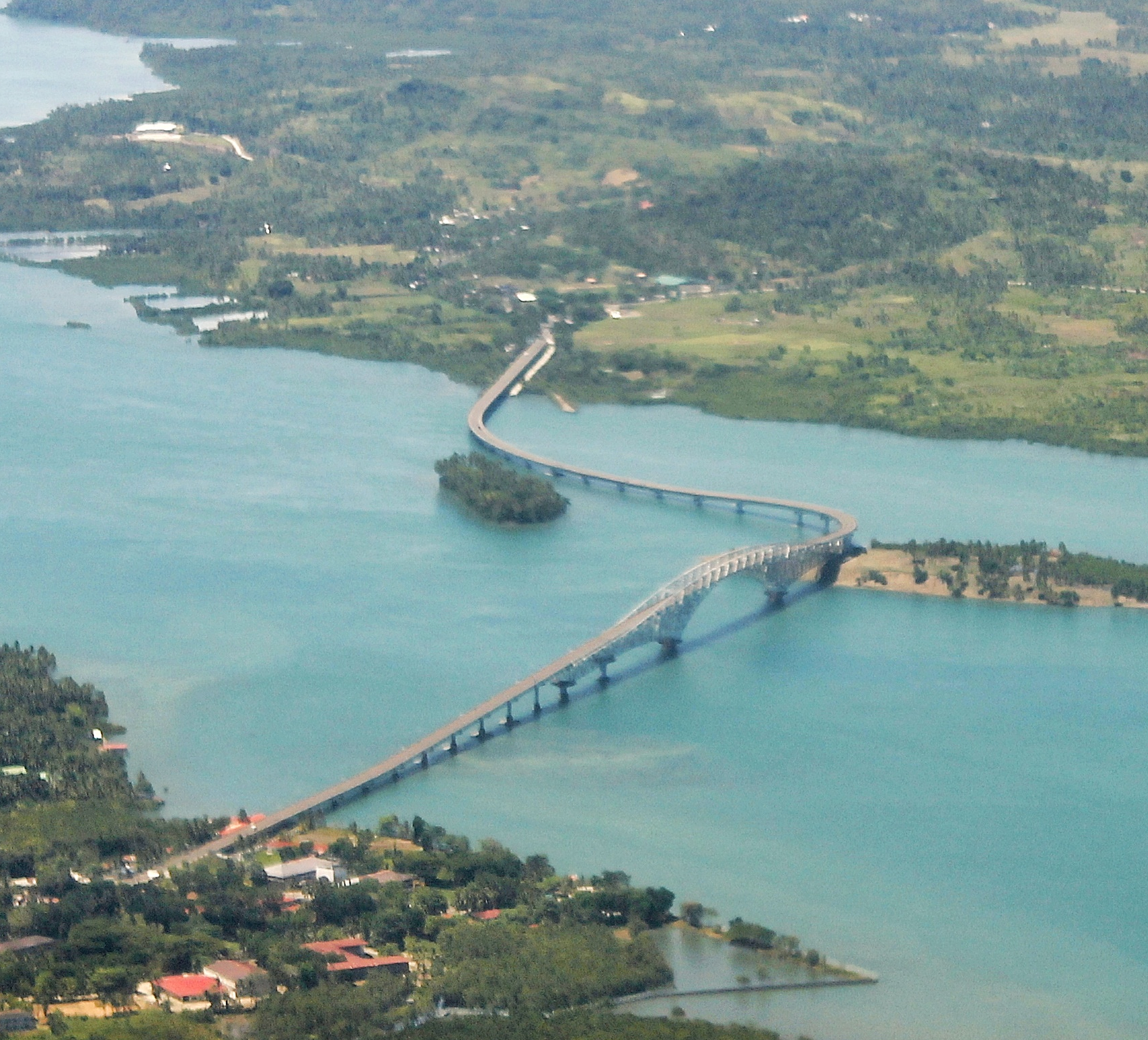Jeepney Strike in the Philippines: Weighing the Pros and Cons of Jeepney Modernization
The Philippines is currently experiencing a jeepney strike, with transport groups protesting against the government’s Public Utility Vehicle Modernization Program (PUVMP). The PUVMP aims to phase out traditional jeepneys, which are known for being polluting and unsafe, and replace them with eco-friendly and safer vehicles.
Pros of Jeepney Modernization
There are several potential benefits to jeepney modernization:
- Reduced air pollution: Jeepneys are a major source of air pollution in the Philippines. Replacing them with cleaner vehicles would help to improve air quality and public health.
- Improved safety: Traditional jeepneys are often unsafe, with poor design and maintenance. Modern jeepneys would be safer for both drivers and passengers.
- Modernized public transportation system: Jeepneys are an important part of the Philippine transportation system, but they are outdated and inefficient. Modernizing jeepneys would help to create a more modern and efficient public transportation system.
Cons of Jeepney Modernization
However, there are also some potential drawbacks to jeepney modernization:
- High cost: Modern jeepneys are significantly more expensive than traditional jeepneys. This could put a financial burden on jeepney drivers and operators, and could lead to higher fares for passengers.
- Job loss: The phase-out of traditional jeepneys could lead to job loss for jeepney drivers and operators. This could exacerbate the unemployment problem in the Philippines.
- Disruption of public transportation: The jeepney strike has already caused significant disruption to public transportation in the Philippines. A prolonged strike could have a major impact on the economy.
Conclusion
The decision of whether or not to modernize jeepneys is a complex one. There are both potential benefits and drawbacks to consider. The government will need to weigh these factors carefully and come up with a plan that is fair to both jeepney drivers and operators and the commuting public.
In addition to the pros and cons listed above, there are a few other factors to consider:
- The need for alternative transportation: If traditional jeepneys are phased out, there will need to be adequate alternative transportation options available. This could include buses, trains, or modern jeepneys.
- The financial assistance available to jeepney drivers and operators: The government should provide financial assistance to help jeepney drivers and operators transition to modern jeepneys. This could include subsidies, loans, or training programs.
- The impact on the environment: The government should conduct a thorough environmental impact assessment of the PUVMP. This assessment should consider the impact of both traditional and modern jeepneys on air pollution and greenhouse gas emissions.
The Philippine government is currently facing a difficult decision. However, by carefully considering the pros and cons of jeepney modernization, and by taking steps to mitigate the potential negative impacts, the government can make a decision that is in the best interests of the country.





